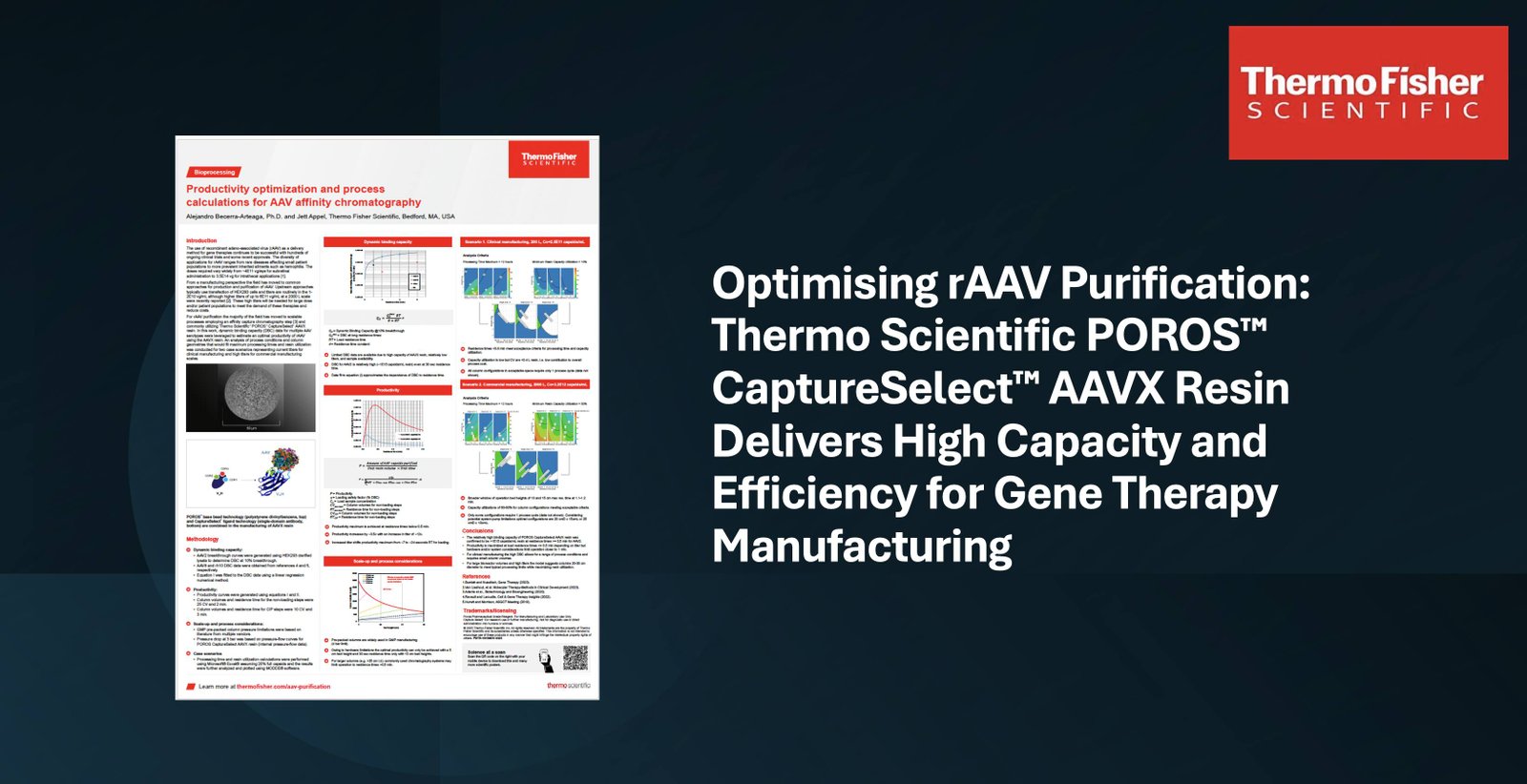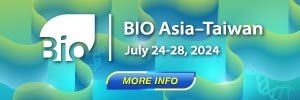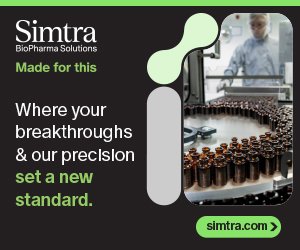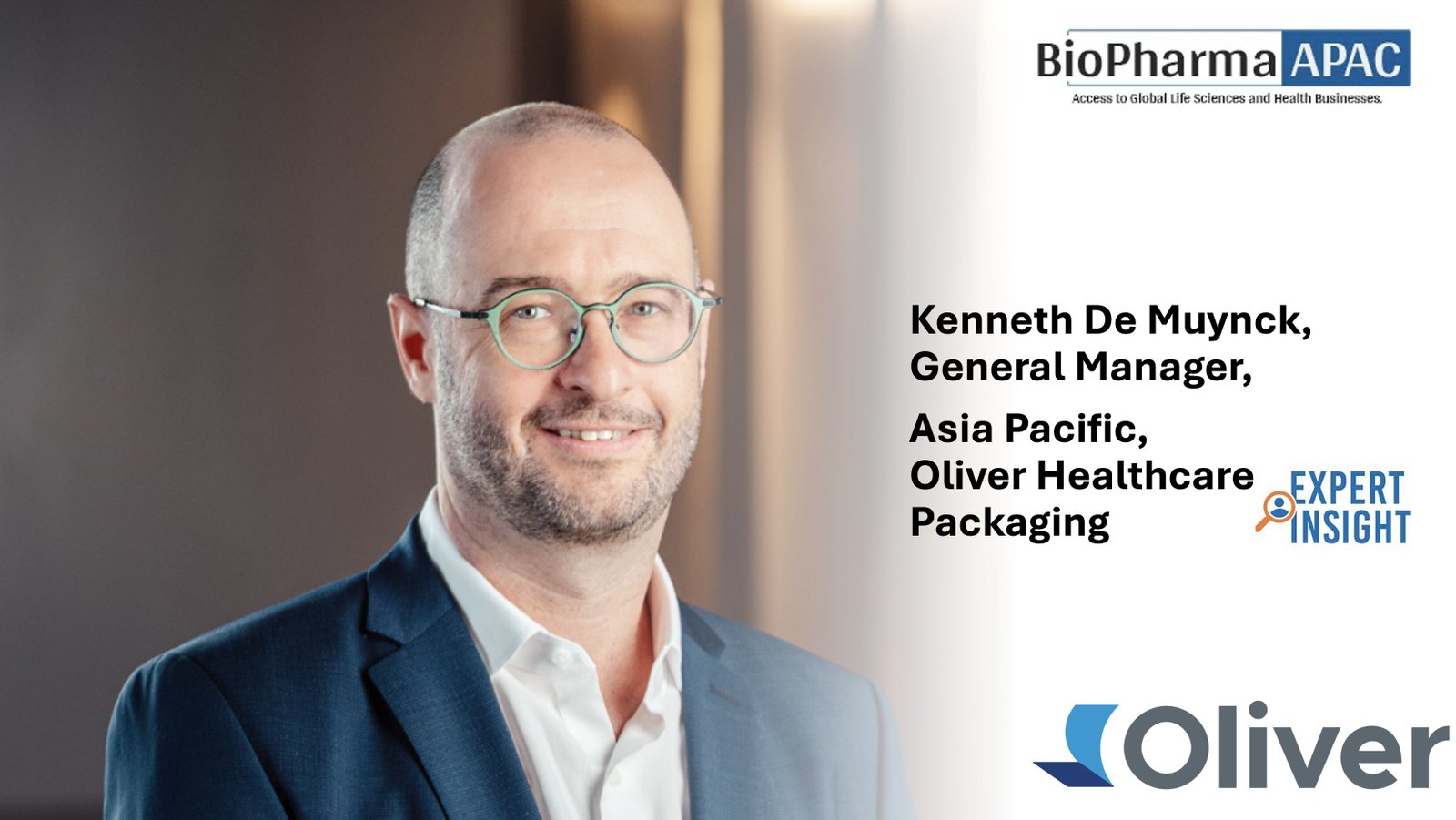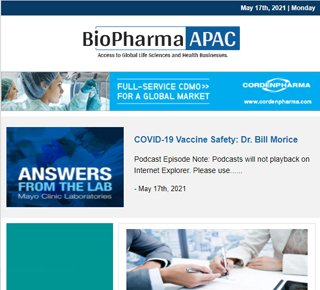Xcell Therapeutics opens an export route for cell therapy culture technology.
29 October 2021 | Friday | News

Image Source : Public Domain
In a hair follicle, there are "dermal follicle papilla cells" that appear 3,000 grapes clustered together.
The name was given because its outline resembles the papilla of the human body when observed under a microscope.
Hair loss occurs when dermal follicle papilla cells, which draw nutrients from capillaries and allow hair to grow, do not function properly.
Treatment that proliferates these cells and transplants them into hair follicles has been drawing attention. The effect was proven by domestic research teams in 2019.
The question is whether dermal follicle papilla cells can be produced enough to meet the demand of 10 million people.
The critical thing here is a "cell culture media" that proliferates the cells to grow.
If people search for "media" in the dictionary, it is "liquid or solid containing nutrients necessary to grow plants, bacteria, or cells."
It might be unfamiliar to the general public, but familiar to those who have the slightest interest in biology. It is also widely used for bacteria culture experiments of elementary school students.
Cell culture media for medical and academic use is a liquid-type nutrient that creates an appropriate in vitro environment in which cells can proliferate depending on the characteristics of each cell.
Recently, the cell therapy market, including dermal follicle papilla cells, has been growing rapidly.
The study of cartilage therapy was the most active, but research developments are being conducted in various fields now.
As the market expands, the material, component, and equipment industries for the development and production of cell therapy are growing fast as well.
The Global market for cell culture media is expected to grow by $8.2 billion in 2027
Among them, the media market, which is a key material, has drawn attention.
According to Technavio, a global market research company in the UK, the size of the cell culture media market reached $3.67 billion (4.35 trillion won) in 2020.
Technavio expects the media market to constantly grow at an annual average of 12.12% by 2025. According to this estimate, the market size is expected to be $8.17 billion (9.6 trillion won) by 2027.
If cell therapy goes beyond alopecia and cartilage and accelerates to organoid treatment, which is a human organ analog treatment, the growth estimates will get bigger exponentially.
A new era of the biomedical industry is coming.
Xcell Therapeutics is the Korean startup venture company that has developed innovative manufacturing technology of culture media, a key element of cell therapy.
Serum harvested from animal or human blood has been used in the production of media so far, but it is difficult to extract and also has limitations as a therapy.
Xcell Therapeutics produces media that do not contain serum.
Ph.D. Lee Jooyeon, CTO of the Institute of Life Science at Xcell Therapeutics, explained media, which can be unfamiliar to the public, is food for cells.
She said, "Just as how the longevity of an electric car depends on the performance of the car's battery, stem cells' proliferation rate depends on the efficacy of media."
"Antibody therapy" includes COVID-19 treatment, which has been recently developed by Merck US. is recognized for its efficacy. It is also currently under development by various pharmaceutical companies including Korea's Celltrion.
Media used in antibody treatment is focused on enabling the efficient secretion of antibodies.
Unlike antibody therapy, in "cell therapy", cell secretions do not act as a medication. The cultured cells themselves act as a treatment,
Although both media are food for cells, the difference between media used in antibody therapy and cell therapy is whether the media contain ingredients that stimulate secretion or are focused on maintaining the cells' health and intrinsic properties.
Next-generation cell therapy includes organoid therapy in which cultivated cells grow into organ analogs.
The global market size of organoids reached \ 777.5 billion ($649.4 million) in 2019, which is expected to have an annual CAGR of 20%.
Ph.D. Lee said, "The development of cell therapy in Korea is mostly concentrated on cartilage therapy. There are only 5-6 products on sale with New Drug Approvals, but many companies are actively conducting clinical trials."
She also said, "The clinical trials for Alopecia using dermal papilla cells are actively in progress and our company will also launch dermal papilla cell media used for alopecia treatment and keratinocyte media used for treating serious burns by the end of this year."
Depending on the components, media falls into different category: serum containing media, serum-free media, and chemically defined media.
Antibody treatments, which have already entered maturity, began clinical trials almost 50 years ago. It started slow but grew rapidly due to the introduction of chemically defined media.
The chemically defined media made the mass production of antibody therapy possible.
The introduction of 'serum-free media' became the turning point.
In the past, serum was extracted and used as a supplement by puncturing the hearts of bovine fetuses.
The extracted serum is called "Fetal Bovine Serum (FBS)."
There were various issues concerning the use of FBS such as technical limitations, ethical issues, and production limitations.
Hence, serum-free media has been developed. However, cells did not grow well without the use of FBS. Alternatives using human-derived substances were developed.
A typical example is 'human platelet lysate (hPL).'
However, human-derived substances also have limitations similar to FBS such as Risks of virus contamination and the limited amount of production.
Chemically defined media is more advanced than serum-free media. Chemically defined media does not contain any animal nor human-derived substances. It is only composed of synthetic substances or recombinant proteins.
In most cases, chemically defined media have become common in antibody treatments, while the fetal bovine serum media are still widely used in cell therapy.
Nevertheless, various serum-free media have been released as the global bio-industry began to move away from using FBS (Fetal Bovine Serum).
Large multinational bio companies, such as Thermo Fisher Scientific, mainly produce serum-free media.
Q. What are some advantages of Xcell Therapeutics' media compared to serum-free media?
"Since serum-free media sold on the market often contain human-derived substances such as platelet lysates or serum albumin, it is impossible to cut off all the risks of contaminations, such as the possibility of virus contamination from human origin," Ph.D. Lee explained.
"The recent COVID-19 pandemic has caused many disruptions in the supply of human-derived substances, especially platelet lysates. CellCor CD, a chemically defined media which was successfully developed in 2019 and newly launched last year by our company, does not contain materials that can't be defined such as animal or human-derived substances, enabling prevention of any risk of contamination or physical response," she spoke.
"As there is no possibility of disruptions in the supply of materials due to pandemic situations such as COVID-19, it is quite competitive in not only medical utility but also industrial productivity," she added.
The media should be perfect in three ways: nutrition, proliferation, and prevention of side effects.
Q. In addition to the raw materials or ingredients in the formulation of media, what factors influence technological competitiveness?
"To produce the media properly, you need to know the cells well enough to control from birth to death. The material of the chemically defined media is similar to human nutrients such as vitamins and minerals, and the first of technological competitiveness is to supply enough nutrients in a balanced way." PhD. Lee explained.
"The second edge is to supply customized ingredients for cell characteristics so that each cell can proliferate well without losing its characteristics. For example, in the case of cell therapy for serious burns, a person with a full body third-degree burn needs to obtain a part of his or her skin tissue and produce enough cells from it to treat the burn. The most important thing is whether cells separated from the patient's skin tissue can proliferate enough to make up for skin.
"The next is to ensure that cells maintain their own characteristics and proliferate to become a part of the human body, and prevent side effects such as contamination after transplantation. To do that, you need to thoroughly block contaminants during the proliferation process," she added.
In the case of chemically defined media, there are no companies in Korea that have similar technologies to Xcell Therapeutics.
Although it has a high market growth potential in Korea, Xcell Therapeutics has to open up overseas markets first.
The technological development capability of Korea is not inferior to the rest of the world.
However, domestic buyers have strong stereotypes concerning media, so they prefer using foreign products.
As a result, Korean medical companies import more than 90% of raw materials and subsidiary materials for the development and production of treatments from overseas, including the United States and Europe.
Such a supply and demand structure has disrupted the supply of media and resins, which are the key materials for the bio-industry, since COVID-19.
Due to the high reliability of products labeled 'made in Korea' in overseas, Xcell Therapeutics has been able to enter the global market earlier than other companies. "The recent COVID-19 has caused problems in supplying materials to the bio-industry, but the domestic market is expected to expand significantly as the localization of core technologies in bio-industry takes place."
"Xcell Therapeutics and Ajinomoto in Japan are the only company that can manufacture chemically defined media for mesenchymal stem cells worldwide. When the facility in Yongin, Gyeonggi-do expands at the end of this year, we will have the capacity to produce 255,000 liters annually with the Current Good Manufacturing Practice (CGMP) approved by the U.S. FDA.
Xcell Therapeutics has completed two years of technology verification with multinational companies through aggressive technology and product promotion activities since its success in the research and development of chemically defined (CD) media in 2019.
Even before entering the global market, Xcell Therapeutics signed a "White Label" contract (OEM) with a U.S. company.
Aiming to expand global market distributors to 15 companies in 2022 and 30 companies in 2023
CD media products have been officially released since the second half of 2020. Xcell has currently signed distribution agreements with 10 distributors in each base region such as Germany, India, Southeast Asia, and China, expecting to be sold to 62 countries.
Xcell Therapeutics aims to expand to 15 distributors by this year and 30 by 2023.
In preparation for an increase in demand in the global market, Xcell Therapeutics is also considering to set up distribution hubs in a certain region as it is necessary to secure a stable logistics chain.
Currently, discussing the establishment of distribution hubs with Singaporean companies for distribution in Asia and Hungarian and Dutch companies for distribution in Europe.
In addition to cell therapy, Xcell Therapeutics is also moving towards the production of cultured meat.
Alternative meat is processed from plant-based ingredients like soybeans, but cultured meat is made by culturing cells.
Xcell Therapeutics has engaged a strategic investment (SI) for joint projects in cultured meat with Daesang Corporation, famous for its seasoning Miwon, which has the largest market share in Korea.
Also, two types of media are under development: a proliferation media for muscle stem cells and a differentiation media that can convert stem cells into muscles.
Xcell Therapeutics received Bioindustry Innovation Awards from the Ministry of Trade, Industry, and Energy in 2020 and was certified as a bio company specializing in material parts.
It was also selected as a "preliminary unicorn," a national project for a venture powerhouse by the Ministry of SMEs and Startups.
Thanks to high scores in the government and overseas market evaluations, starting with Series A in October 2017, Xcell Therapeutics attracted 20 billion won in Series C investments in March 2021 and received a total of 33.6 billion won in investment.
There are about 10 major institutional investors of Xcell Therapeutics, including Korea Investment Partners, Korea Development Bank, and Industrial Bank of Korea.
Ph.D. Lee said, "Media for stem cells have been successfully launched and our first goal is to build the pipeline of various cell media, including the development of Keratinocyte media and dermal papilla cell media expected to be released at the end of this year."
"We are preparing to launch media for immune cells such as Natural Killer (NK) cells and T cells, which are actively researched for immunotherapy. We aim to grow into a company like Lonza, the world's leading bio-Contract Development and Manufacturing Organization (CDMO), based on our high understanding and technology of cells."
Most Read
- Taiwan Steps Into the Global Spotlight With a New Cancer Therapy
- The Role of Unique Device Identification (UDI) in Tracing Medical Device Safety
- The Importance of a Patient’s Mental Health During Clinical Trials
- Bridging the Vision Gap: Roche’s Ahmed Elhusseiny on Eye Health Priorities in Asia Pacific
- How Merck’s India-Based Navi Mumbai Centre is Reimagining Formulation Science for the Global Generics Market
- Advancing Cell & Gene Therapy in APJ: How Thermo Fisher Enables Breakthrough Innovation
- AstraZeneca’s Vision for Chronic Kidney Disease: Sylvia Varela on Transforming CKD Care in Asia
Bio Jobs
- Ravindra Rao Joins GOBI Technologies as Director of Life Sciences – APAC
- Amgen Announces $900 Million Expansion of Ohio Biomanufacturing Facility, Boosting Investment to Over $1.4 Billion
- Thermo Fisher Scientific Appoints Former CVS Health CEO Karen S. Lynch to Board of Directors
- Merck KGaA Reshapes Leadership for the Future with Key Executive Moves
- Aarian Health Appoints Thomas Keller as Business Director to Drive Innovation and Growth
- Top Management Shakeups of 2024: Redefining Pharma, Biopharma, and Biotech Leadership
News
Editor Picks



